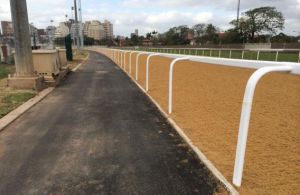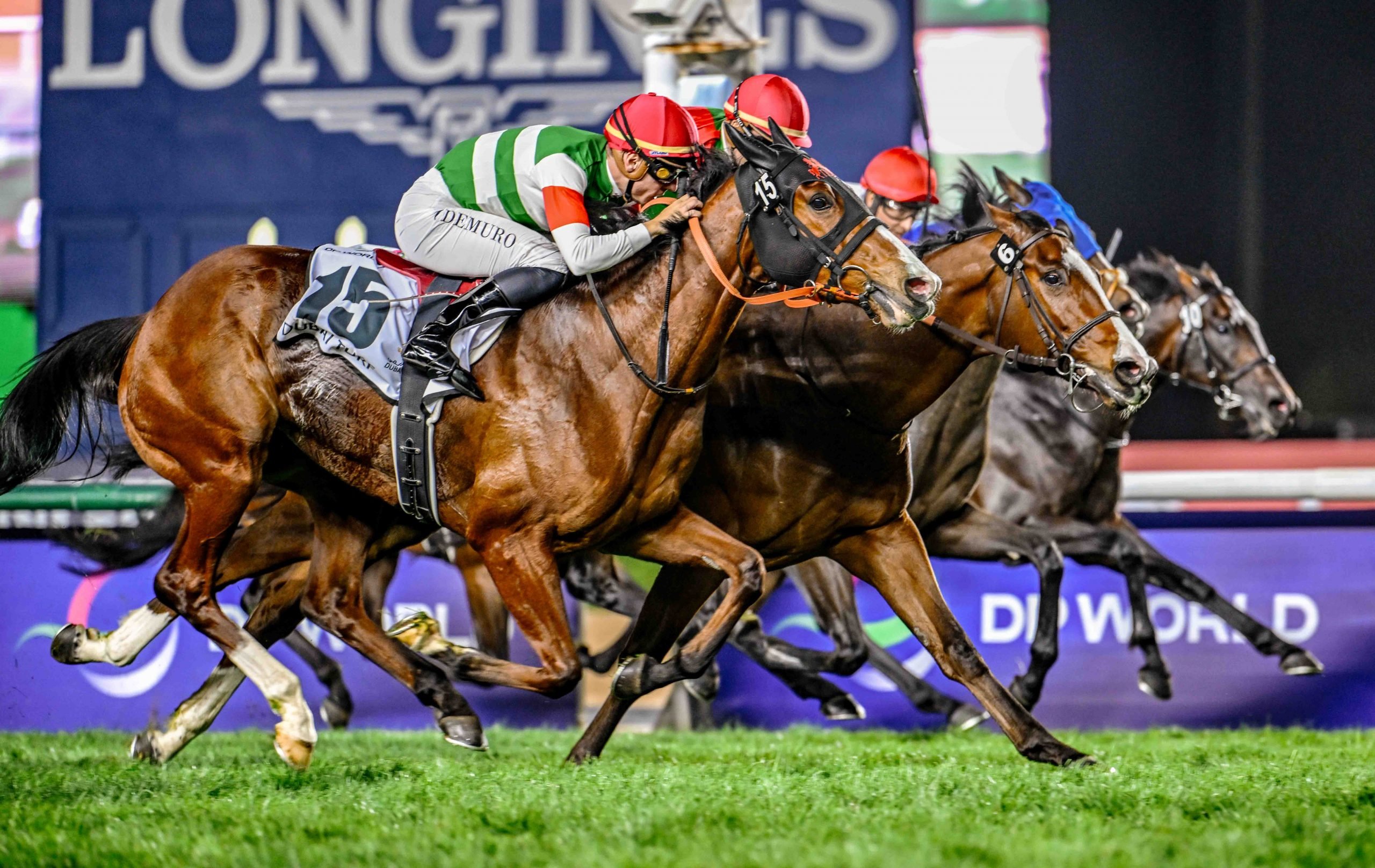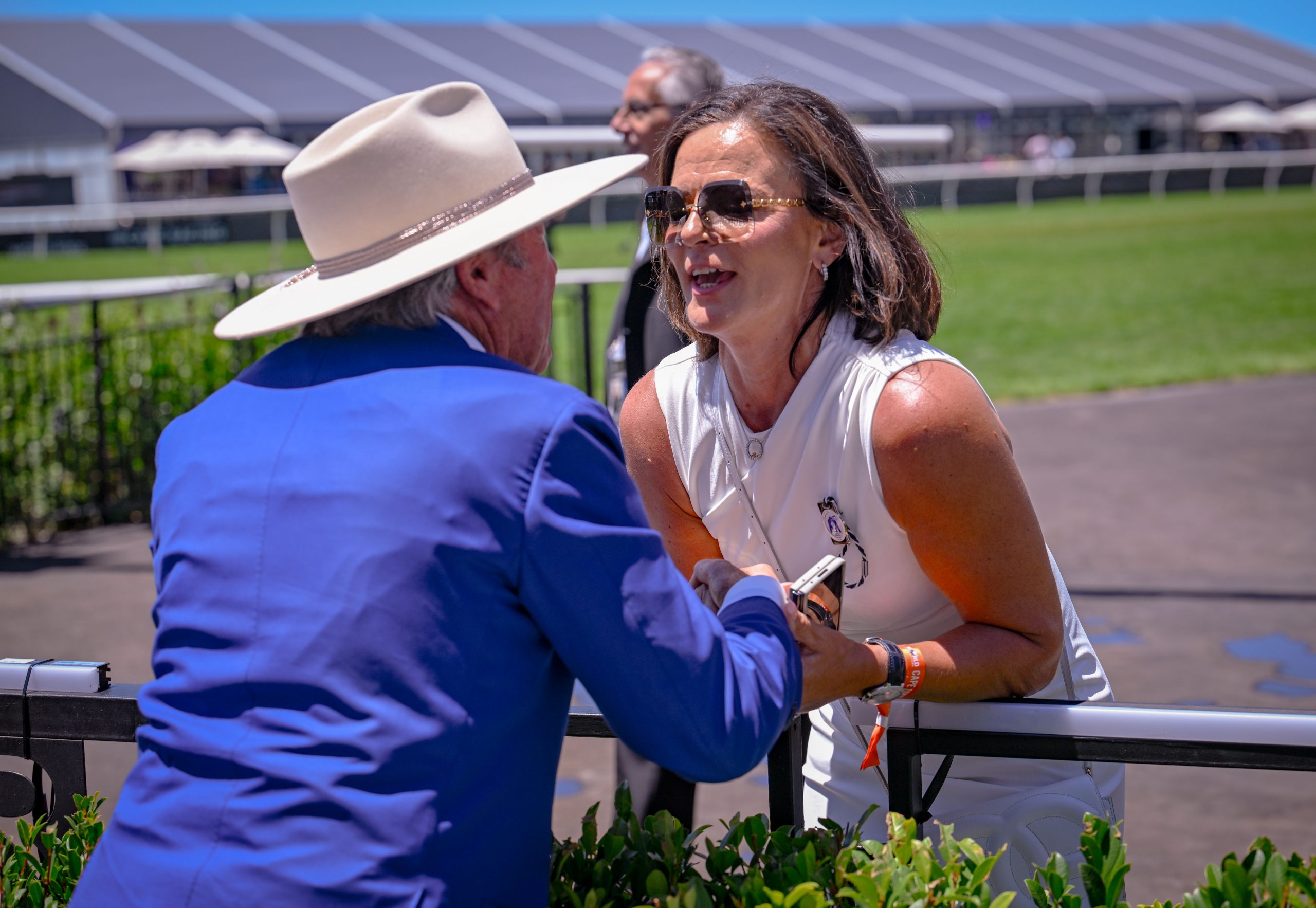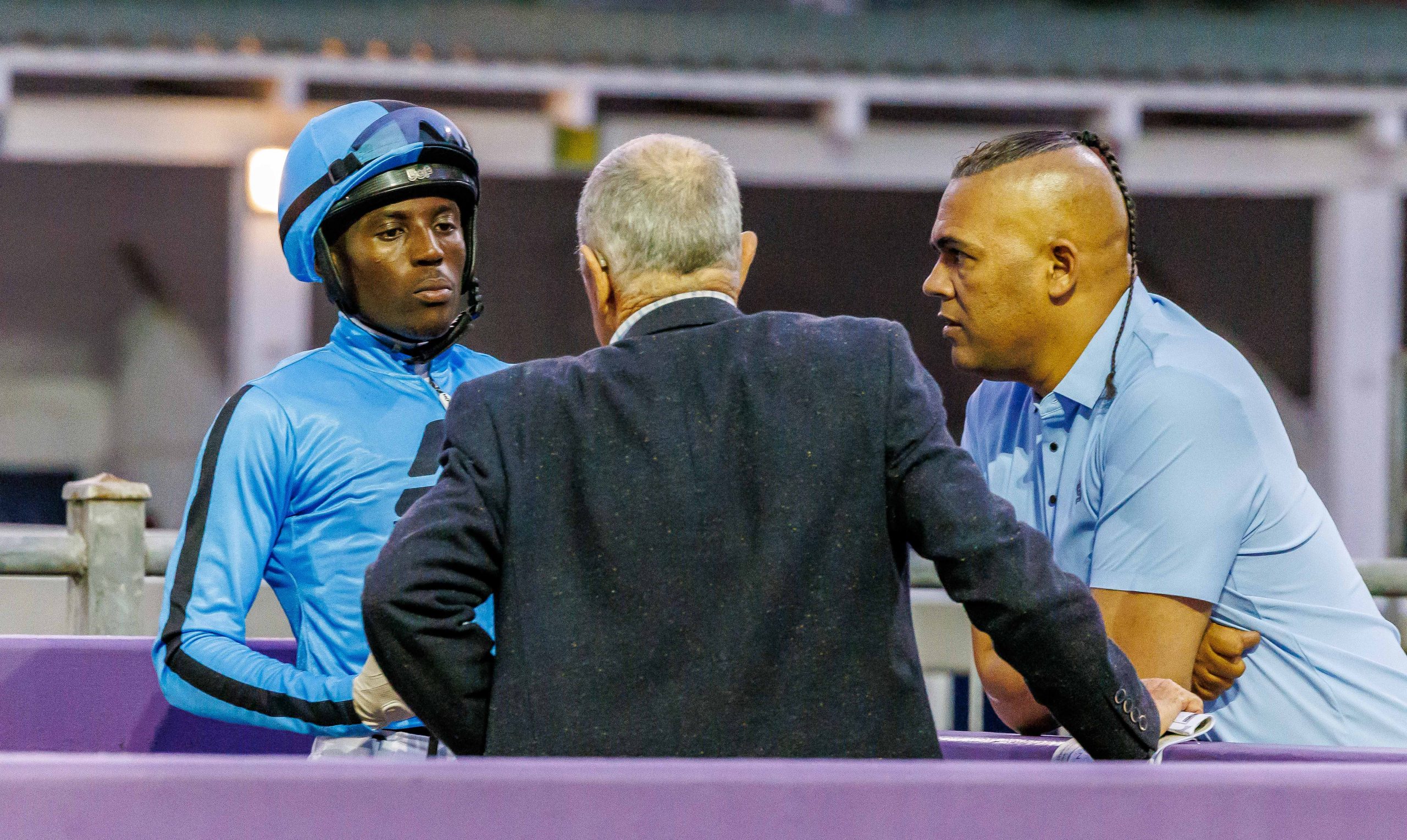Yes, I know, that should be spelled ‘reigns’ – I’m trying to be witty and play on the riding connection. Perhaps I’m trying to be too clever for my own good, but then I think most of us are guilty of trying to improve things, but inadvertently making them more complicated.
Albert Einstein once said “Any intelligent fool can make things bigger, more complex, and more violent. It takes a touch of genius – and a lot of courage – to move in the opposite direction.” It is a pretty fair comment and one that has been echoed by people of the stature of Richard Branson. If these two gentlemen are correct, then one has to question how exactly horse racing goes about its business, because we most certainly seem to like to complicate our lives.
Where to start
It starts right at the beginning with breeding. Planning of matings is something of a dark art and even though we now have various computer programmes to help us out, pedigree analysis, in-breeding, line-breeding, nicks, etc still remain a bit of a hit and miss affair, with luck and science being about equally successful in terms of breeding strategies.
We’ve recently seen a few cases in support of luck in Heavy Metal (who was supposed to be a Victory Moon), our Triple Crown winner Louis The King, who has quite an incredible back story and who no-one thought would stay (and then Black Minnaloushe went on to produce not only a Derby, but an Oaks winner to boot). The same can be said for this year’s Triple Crown hopeful, California Chrome who has had his pedigree dissected to the nth degree and judged to be poor. But on the opposite end of the scale, we saw the magnificent win by Australia in the Epsom Derby. By a Derby winner out of an Oaks winner – it doesn’t get more correct and satisfying than that. Some more vindications for the ‘science’ team come in Taghrooda, who is by the super track star, Sea The Stars. We often hear it trotted out that track stars seldom produce anything as good as themselves, but with Taghrooda coming from Sea The Stars’ first crop, he looks well on his way. And people are prepared to pay for the balance of probability as we’ve just seen with £1.15m being paid for the first Frankel offspring to be sold at auction.
And then…
On to sales, where we have all manner of phone bids, phantom bids, buy backs and so many other tricks that one hardly knows which way is up.
If we’ve navigated this maze and survived, we’re then on to the training yard and, hopefully, a bit of racing. Now we need to judge trainers (a certain amount of prayer and faith is required in the absence of anything resembling a contract), training methods, training tracks, riders, riding styles, racing rules and rules of running.
Maintenance
Medication is another nebulous area and we have just seen an overhaul of the rules to include threshold amounts and various other new interesting factors, which will no doubt muddy the waters even further. Of course one has to make a distinction between substances used for therapeutic use and those used to enhance performance, but the more one reads and tries to understand, the more those lines seem to become blurred. After the accident to Rosie Napravnik (this year’s Kentucky Oaks winning jockey) who took a crashing fall from yet another Bob Baffert horse to break down fatally on Sunday, there have been some interesting and rather worrisome discussions about medicines and their use in performance horses. However, the NHA have been conducting raids and investigations into our local training yards to crack down on the illicit use of substances (or should that be the use of illicit substances – it’s all so confusing), but either way, well done to them.
Regulation
Race entries are another interesting area. As we are currently witnessing with the July field (and as we seem to do every year), not even the trainers seem to understand the process. Surely this is a fairly strong indicator that something is amiss – if the trainers don’t understand what is going on, how on earth are us mere mortals supposed to understand? Because there are rules, and then there is ‘interpretation of rules’. And those can be very different things. Happily, we did see some public dialogue regarding the July selections last year and I, for one, found it highly illuminating. Here’s hoping for a second round this year as the current selections, log and weights and how they’re arranged have left me rather stumped.
We’ve also recently seen the changing of the naming and entry conditions for the KZN Derby and Oaks. Just to focus on the Oaks for a moment, it is no longer restricted to 3yos and it is run over a different distance. But it does still retain its Gr2 status (hurrah! Finally some consistency, misplaced though it may be). So what exactly is an Oaks then? Apparently just about anything you like.
Handicapping (see above). In short, don’t even go there.
Promotion
Television coverage (again, see above). Anyone for a can of worms? I thought we are in the business of promoting our racing and our bloodstock, but some of our runners overseas are promoted and televised and some seemingly are not. Suffice to say, it seems near impossible to predict what we will and won’t be shown and of course no reasons given for either or both.
And leading on from the promotion of our racing and our bloodstock, particularly on the international stage, there is equal dissatisfaction and confusion regarding our export protocols, the rules and the science and quite why no-one seems to be able to solve the problem. Again, answers on a postcard if anyone has any.
Rules? What rules?
The trouble with all this is that the more fluid and interpretative you make things, the harder it becomes to set and enforce rules. Some might argue that the rules are fairly loosely applied anyway and even then, fairly selectively, but this is supposed to be a sport and everyone knows you can’t play a game if it doesn’t have rules. In fact, the rules are usually what define a game, aren’t they? So if we have no rules, then what are we doing exactly? No-one likes to feel confused and generally speaking, if the barriers to entry are that high, then most people will simply go off and find something easier to do. In most cases, other activities are less expensive too!
I guess what it boils down to is that aspects of the industry are professional and aspects of it are not. What is a leisure pursuit for some is a game of financial, reputational and even ego life and death for others. And then there are the guys who really put their lives on the line – our grooms, work riders and jockeys. And they don’t seem any better off than any of the rest of us, which neatly brings me onto another contentious and confusing issue.
Safety
Greyville has just opened its new synthetic track to great fanfare. Research certainly suggests that well managed synthetics are good for horse safety. The stats for catastrophic breakdowns are lower on synthetic tracks than they are on any other surface, so well done us for being progressive, even though the rest of the world is systematically ripping out their synthetic tracks in favour of dirt again, (although there are additional, complicated reasons for that decision). So in the name of progress, we have disposed of Clairwood (despite the dissatisfaction of almost everyone whose opinions should matter – the folk who use it !) and instead we have a compromised grass track (although again, some would argue it has been compromised for some time now) as well as a polytrack that can only be partially utilised and like its grass counterpart, has restricted field sizes. And of course the small matter of a tar road running next to it.
I’m a little confused as to why we’d put in a surface that makes things safer for our horses, but then construct it in such a way as to be unsafe for our riders. When the first photographs surfaced on the social media platforms, the first comments (and these came from punters, owners, and general racing enthusiasts – ie people without qualifications or degrees on track management) were that the tar road posed a safety hazard. One comment that was made in defence of the road was that no-one had gone through the rails in the last 30 years and that jockeys who fall or are brought down in races do so due to their own error and not poor track management. Ah – so only bad riders have accidents?
Rubbish
Firstly, that argument is factually incorrect, as Aldo Domeyer went through the rails on a horse called Saffron Blue at Scottsville as recently as 2010. Secondly, I am a rider. I have broken in all my horses myself and am now in the process of reschooling my youngsters off the track. I have been riding since before I could walk (which is nearing somewhere around 40 years now). I can tell you that ‘errors’ on horseback are seldom planned. I have recently had an altercation with a riding friend because of what I feel is irresponsible behaviour on their part and which I feel puts me and my horses at risk. The thing is that riding is a high risk activity (even at my level !) and while we try and improve our competency in terms of control over ourselves and the horses we are on, our control only extends that far – if we’re even that lucky.
Accidents are an equal opportunity leveller and experience does not indemnify you. Accidents are seldom planned (the clue is in the name really). As an easy example, in 2010 an Olympic level dressage rider called Courtney King Dye was schooling her Grand Prix horse (wearing a baseball cap because she’s considered quite good), when her horse stumbled and fell. Courtney suffered a traumatic brain injury and was in a coma for months. She eventually came out of the coma and has spent the last few years in rehabilitation trying to recover her speech, relearning to walk and remastering things that most of us take for granted. She has become a poster child for rider safety and is now the ambassador for the Riders For Helmets campaign. We cannot control our external environment and we cannot control other horses and riders in the same way that we cannot control other drivers on the road. So wearing a seatbelt, not driving under the influence and sticking to the speed limit won’t help me a lot if no-one else does. OK, that’s a dressage example, but we don’t have to look too far for racing accidents (see Rosie Napravnik, above).
Risks
Jockeys are particularly vulnerable, because they are frequently put on horses that they have never seen before and have no idea of the horse’s medical or even psychological history. Throwing a whole bunch of them together, at speed, with a tar road next to them – well, that just doesn’t seem like a good idea in my book. While I accept that you cannot ride horses without risk, I do suggest that we should try and cut those risks down where possible.
In closing, I’ll leave you with another thought from Mr Einstein. “As far as the laws of mathematics refer to reality, they are not certain, as far as they are certain, they do not refer to reality.” But shouldn’t we do what we can to make sure that they do ?
I hope we aren’t going to need a poster child for why tar roads next to racecourses are a bad idea before something is done about it.









